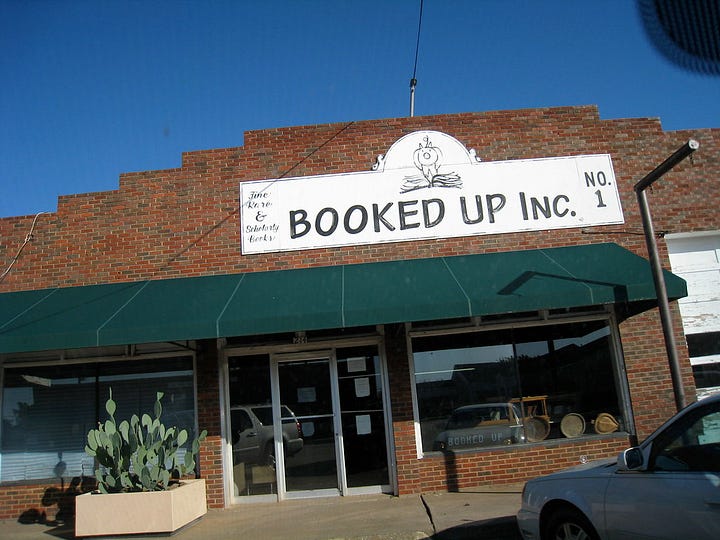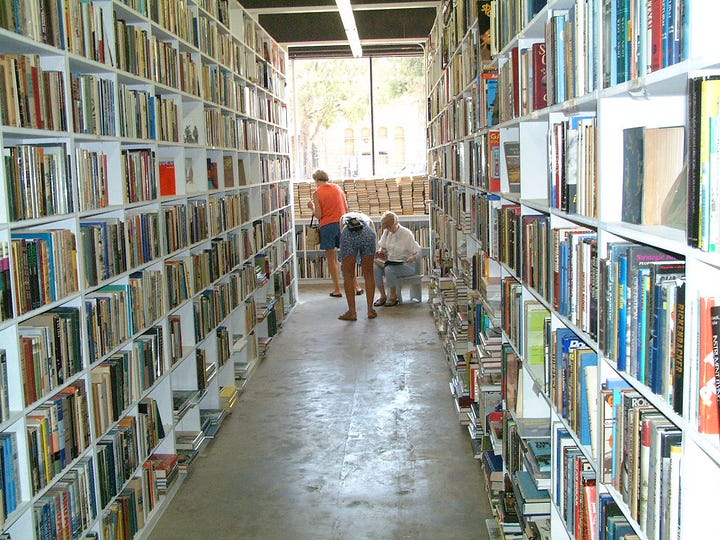You can’t get there from here
Yesterday, my childhood best friend texted me to say she had just gone by the flooded out Jasper-Troupsburg school. As in Jasper, New York. She had never been there before, which I dare say is the case for the vast majority of the planet’s inhabitants. As I’ve written before, my father’s hometown is small, with a single flashing light, so small that you often have to zoom in on the map app for it to show up, though to be fair, it did once appear in the New York Times.
That my friend’s GPS even suggested that route as a way from Pennsylvania to Syracuse rather astounds me. We have a saying in our family “you can’t get there from here,” which is how it sometimes feels as I teach myself to navigate the Southern Tier by getting off the interstate and turning off the map app. As my friend made her way north, we talked about the most recent flood, the beauty of the area, and the pleasures of driving from there up to Bath, through Hammondsport, and on up Keuka Lake to Penn Yan, the town where we went to school together.
The timing was bizarrely apt, as I am thick in the weeds of finishing a chapter about cars and driving. It hasn’t been easy to write, mainly because I have an (over)abundance of material that has required substantial shaping and (re)organization. I have a rather dramatic (at times traumatic) history with cars, and I grew up in a family that loves a good road trip, whether it be a Sunday drive or a trip across the country. I was well into what passes for adulthood before I realized that not everyone had the privilege of spending the bulk of their vacations sleeping in some kind of camper.1
In today’s installment of the original “Rural Reflections,” published July 30, 2000, Ruth too considers roads, cars, and driving, a theme she returns to fairly often (like grandmother, like granddaughter, apparently, since I have just realized this is also the theme of two of our earliest posts). I love columns like this one, where Ruth follows the thoughts raised by whatever she’s reading, in this case Larry McMurtry’s Roads: Driving America’s Great Highways.
Also, this column made me laugh. Anyone who rode with my grandparents will remember my grandfather’s “commentary” when their very human navigation system—my grandmother equipped with a paper map—led them astray. Siri’s admonitions to “proceed to the route,” annoying as they are, sound mild by comparison!

Rural Reflections
Ruth Dennis
Four lanes and country roads
For several days I have been “traveling” some of this country’s major interstate highways. No, I have not even left the yard, not since I returned from the library with Larry McMurtry’s book, “Roads: Driving America's Great Highways”.
I have read some of McMurtry’s books: “Lonesome Dove”, “Buffalo Girls”, “Terms of Endearment.” I am intrigued by travel books written by reporters, authors, and others who share their experiences with their readers.
This “Roads: Driving America's Great Highways” is not about people met along the way, but about the highways themselves. McMurtry says his great aim “is to move you.”
I have only traveled on a very small portion of some of the highways he travels in his book. I shared some of the highways he travels in his book. I shared some of his commentary about Interstate 75 from Tampa south, about Interstate 10 from Jacksonville west (only to the meeting with 75) and with parts of one or two more—but only as far west as Indiana.
One evening, I put the book down and remembered again those long, long drives east on Route 20. Each summer our family vacation was spent with our paternal grandparents who lived in Connecticut on the Boston Post Road. There was a sense of history to the location of their big brown house with a view of Long Island Sound from the upper bedroom windows.
But it was Route 20, with its hills and valleys, its unending curves, its rural landscapes broken periodically by small towns and larger cities, that remains almost intact in memory. We, my brothers and I, grew to hate the vacation route and begged each summer: "Isn’t there another way to go?”
When my husband and I took our little boys to visit my grandparents there was “another way to go”—the Thruway got us across the state. But one summer, many years later, we decided we would travel Route 20 to the Massachusetts border on our way to Maine. My husband was astounded that with almost total recall I could name each town in order, long before its name appeared on a highway sign. Route 20 was now a four-lane divided highway. The tourist cabin complexes were deserted. There were changes and there was a sameness to this highway.
I have gotten us hopelessly lost in small towns, big cities, and deep into farm country.
We, my husband and I, had mixed feelings about highway choices when traveling. Much like McMurtry, we chose the interstates—the major ones when traveling long distances, especially when towing a travel-trailer. We literally welcomed Route 95 when we finally met it in Fredericksburg, VA. It was a boring route but one that got us where we wanted to be as fast as we wanted to travel (within the speed limits). We never made it to our Florida RV park in less than three days.
Four-lane divided highways have always been a major choice of route for us when driving any distance of more than several hours. Another factor carefully considered is the availability of a “beltway” of sorts to get around a major city without driving into it. But there are “beltways” and there are “beltways.” Those of more than three lanes always terrify me and I lose almost all my “navigational skills” as I frantically try to read the approaching highway signs and hope that I have us in the correct lane when we are to make a turn.
I have made some major navigational mistakes and author Larry McMurtry would never consider anyone with my limited talents as a traveling companion. I have missed the turn in Bangor, Maine, so many times when we were heading to Acadia that it became a family joke. I have tried the patience of a police officer in Quebec City when I directed us the wrong way onto a one-way street2. I have gotten us hopelessly lost in small towns, big cities, and deep into farm country.
But enough about directions. Reading another chapter of McMurtry's “Roads,” I set the book down again and remembered some of the other highways we have traveled. One summer we kept our small travel trailer at a campground along Pine Creek at Cedar Run, PA. We left Friday afternoons after our work for The Evening Tribune was completed and returned very early Monday mornings —in time to make the early morning reporter checks with the Wellsville Slate Police, the Wellsville Village Police and the Allegany County Fire Tower.
We knew the route so well—from Jasper to Knoxville, to Middlebury Center, to Wellsboro, and south. It was all two-lane highway until Blackwell. Then it was six miles of dirt road that was not much more than a single lane. One side of the road went straight down—into Pine Creek and the other side was a steep bank with no place for turn-off. The one-way bridge provided another challenge for the driver and for the navigator who was always very silent, hoping no one would be coming around the bend and towards the bridge from the opposite direction.
We soon became “old hat” at this weekend trip but our families and friends would arrive for a weekend invitation with us in a state of fright and panic. “How will we be able to drive back home --?” My husband would calm them and simply reply, “just go back the way you came—it's no problem.”
We chose the interstates, the four-lanes while going to and from Virginia to New Hampshire and beyond. Once there, we took to the back roads, the logging roads, the dirt roads, and went “exploring”.
There is much more to remember about roads but this evening I am traveling again with Larry McMurtry and “Roads: Driving America's Great Highways”. Tonight it will be “L.A. to Albuquerque on the 10, the 15, and the 40.” It should be a great trip.


I say privilege now, but I would be lying if I said I always felt that way, especially as a moody teen!
Thankfully there were no police present when my father, Ruth’s son, did the same on a one-way street in France…


